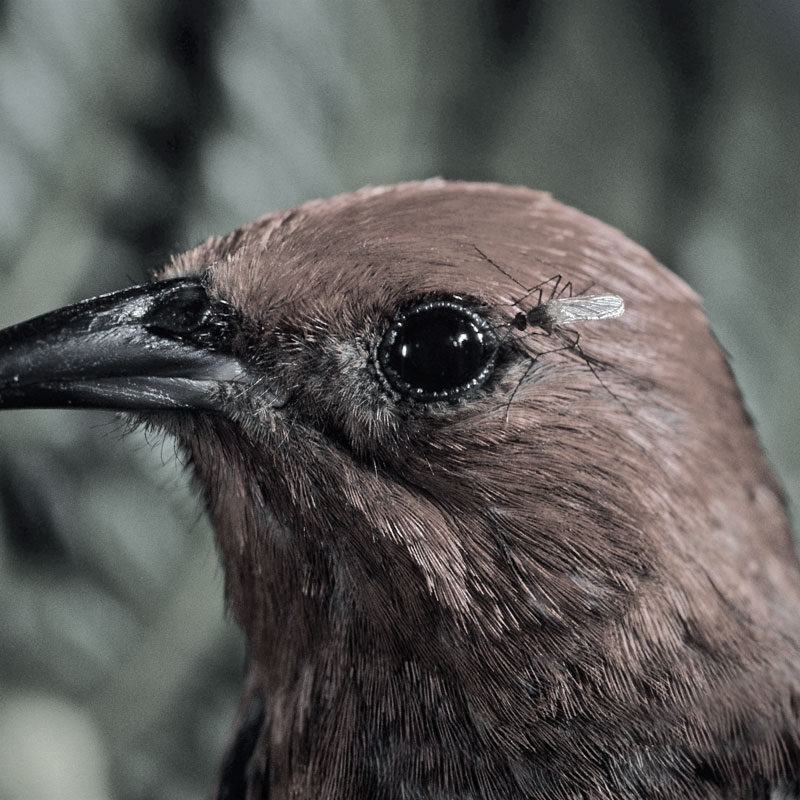
What are Native vs. Invasive Species?
‘Ino ka moana ke ahu mōkākī nei ka puna i uka.
The sea is rough, for the corals are strewn on the beach.
Here are all the indications that there is trouble yonder.
Selection No. 1243 from Mary Kawena Pukui’s ʻŌlelo Noʻeau: Hawaiian Proverbs and poetical sayings, © 1983 by Bishop Museum.

The Hawaiian archipelago has been a landing spot in the Pacific for millions of years.
The Hawaiian archipelago has been a landing spot in the Pacific for millions of years as new islands are formed over hotspots and conveyed to the northwest on the Pacific Plate.
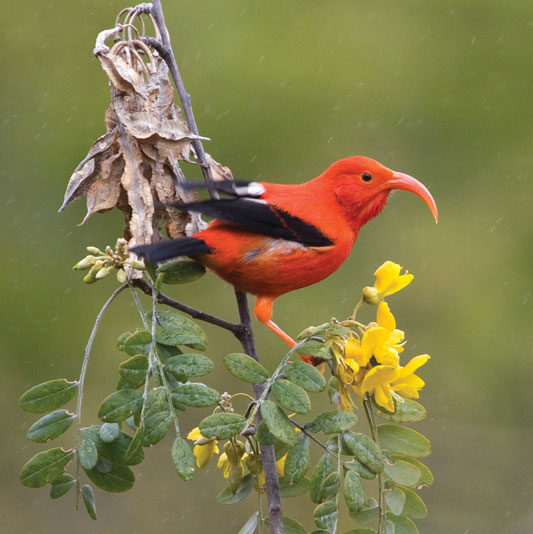
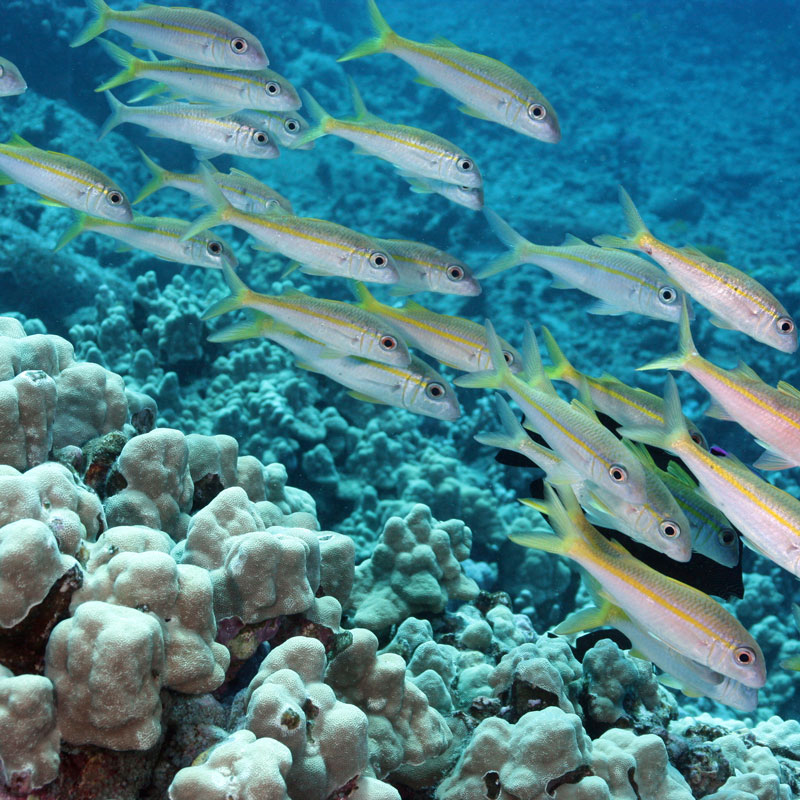
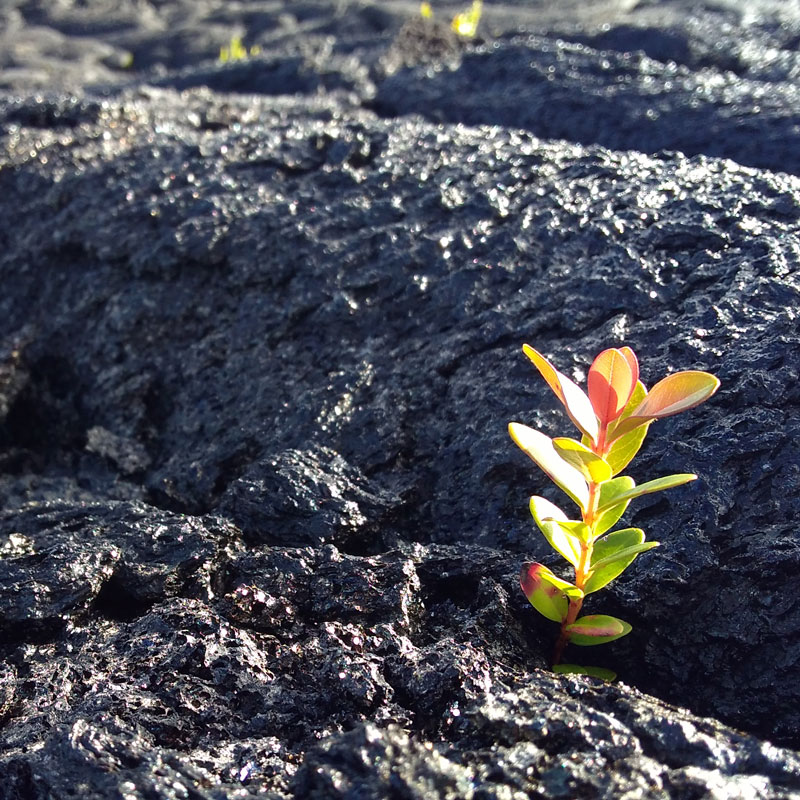
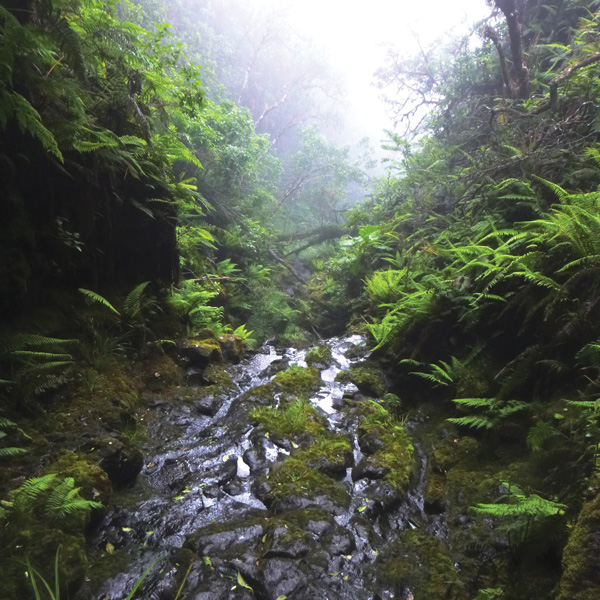
Plants and animals arrived on wind, wings, and water currents and slowly diversified over time, resulting in nearly 20,000 native species. With Polynesian voyagers came the first non-native species, including kalo (taro). Non-native species are those that are moved as the result of people’s actions.
Most non-native species are helpful and not harmful. However, some non-native species become invasive and have detrimental effects in their new location. Invasive species are non-native species whose introduction causes or is likely to cause economic or environmental harm, or harm to human, animal, or plant health.
As part of the Aloha+ Challenge sustainable development goals, state and county leaders have committed to implementing the Hawaiʻi Interagency Biosecurity Plan to improve our invasive species prevention and control programs, and to engage the public in these efforts.


Examples of Invasive Species
Lele ka hoaka.
The spirit has flown away.
The glory of the land has departed.
Selection No. 1978 from Mary Kawena Pukui’s ʻŌlelo Noʻeau: Hawaiian Proverbs and poetical sayings, © 1983 by Bishop Museum.

Examples of Invasive Species
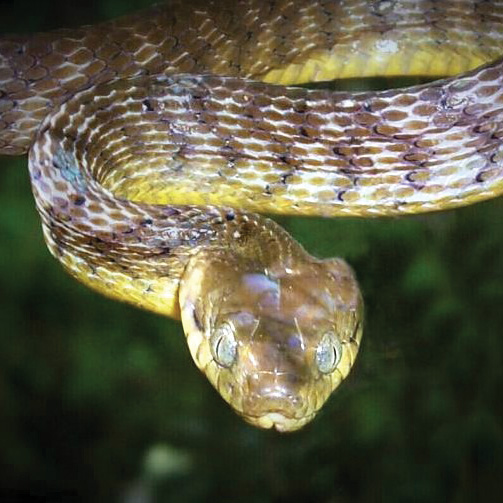
Brown tree snake
Not present in Hawaiʻi
This and many other types of snakes threaten native birds and public health
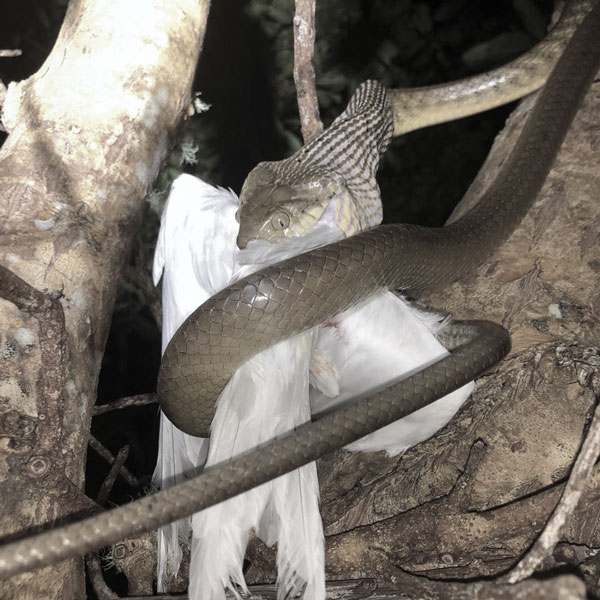
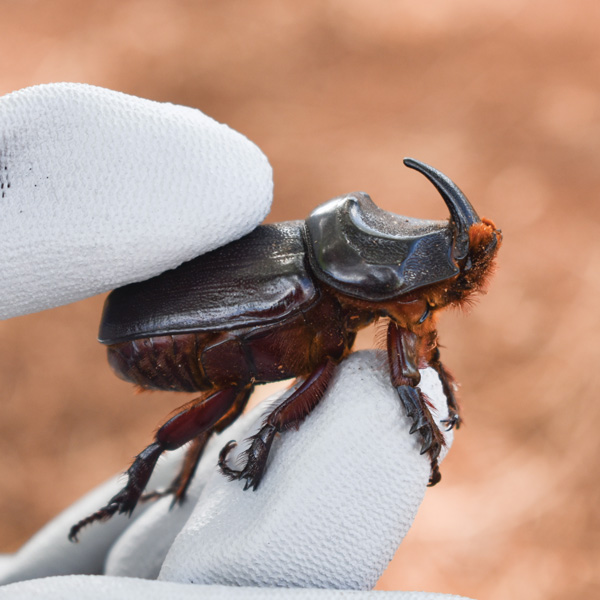
Coconut rhinoceros beetle
Present on Oʻahu
These beetles kill coconut and native palms and thus threaten the cultural use of palms.
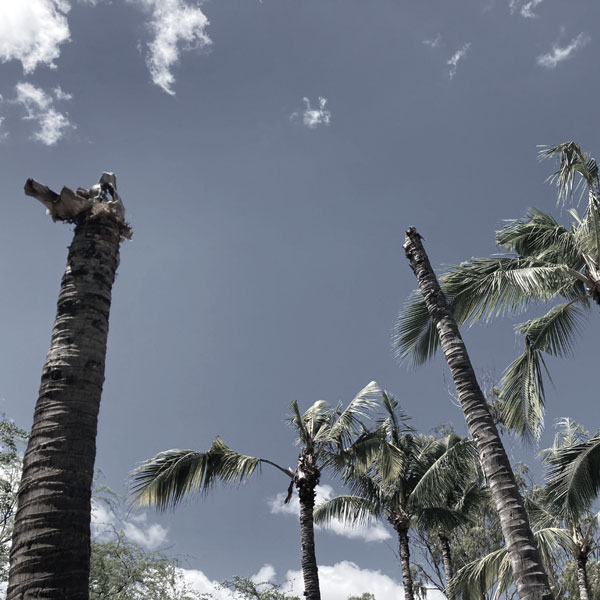
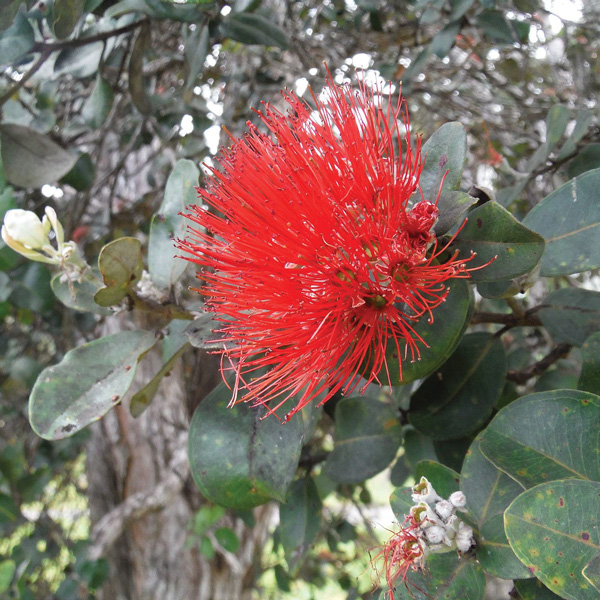
Rapid ‘Ōhi‘a Death
Present on Hawaiʻi Island and Kauaʻi
This aggressive fungal disease kills ōhi‘a, the most abundant native tree in Hawaiian forests, harming biodiversity and water recharge.
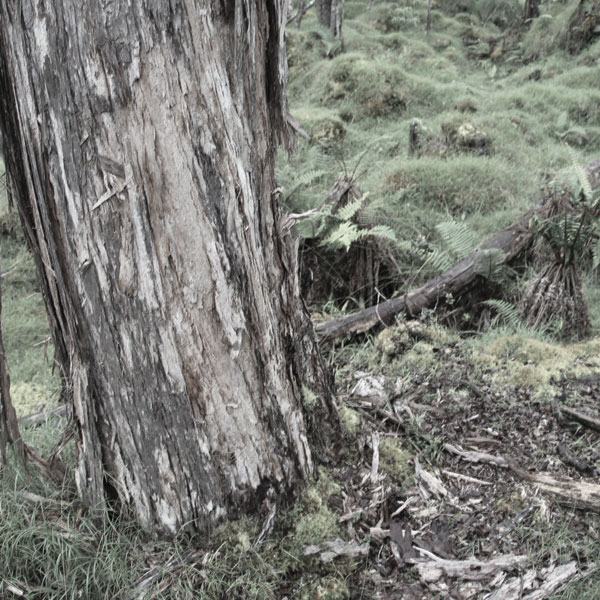
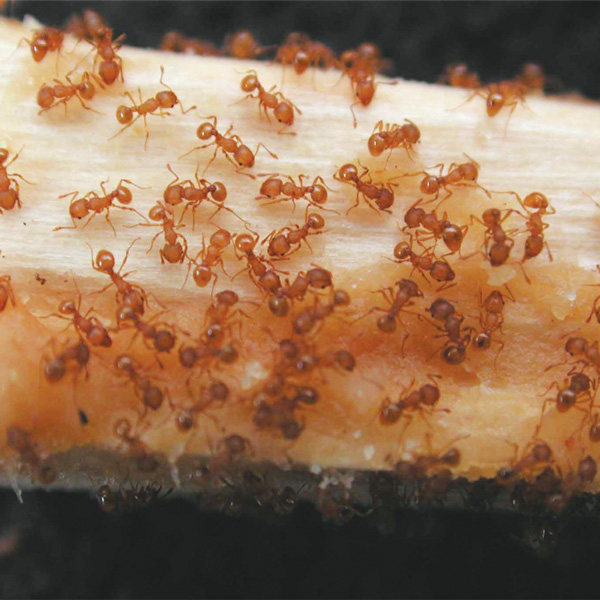
Little fire ant
Present on several islands
These tiny, tree-dwelling, stinging ants harm agriculture, native species, and public health.
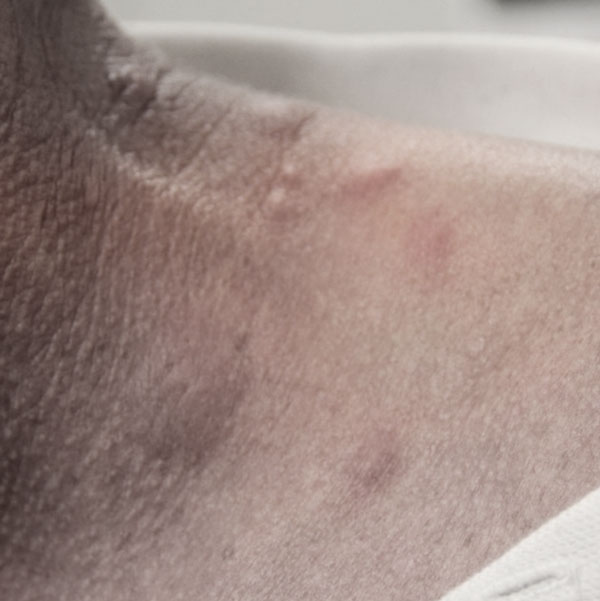
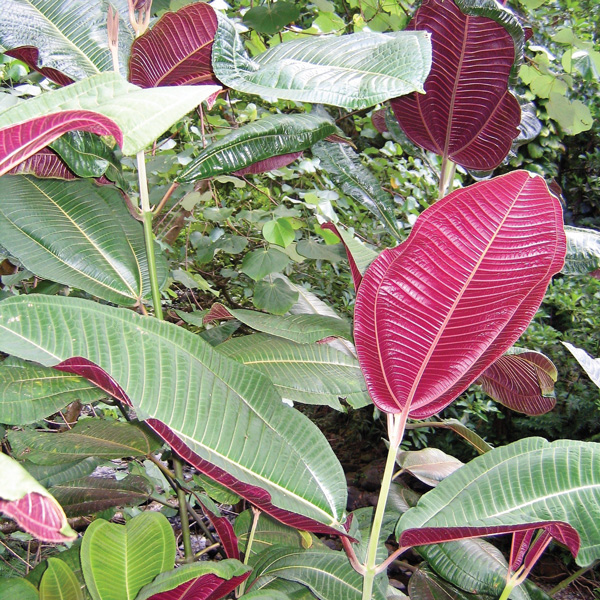
Miconia
Present on some islands
These trees threaten biodiversity, forest resilience, soil stabilization, and water recharge.
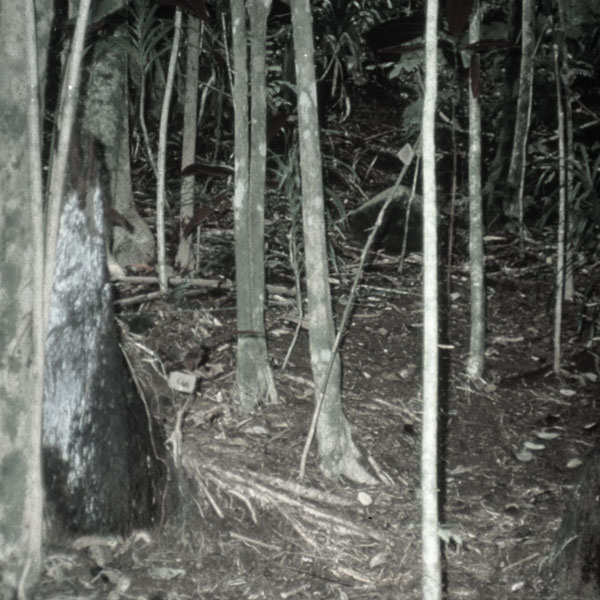

Mosquitoes
(and diseases they vector)
Several species are widespread
Mosquitoes spread diseases like heartworm in pets, and avian malaria, which kills native birds. Travelers arriving with active Dengue or Zika infections may be bit by mosquitoes, which could start a local outbreak.
